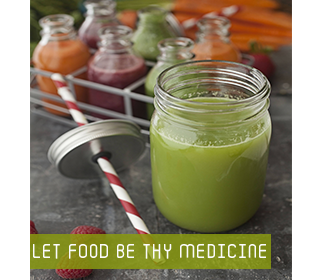Gluten is a protein found in wheat and many other related grains (barley, spelt, etc). It makes bread rise, makes cookies chewy, and gives cakes a fluffy texture. However, many of us can’t have it do to therising presence of gluten intolerance, wheat allergies, and celiac disease, and some of us just feel better without it. For more information about how gluten can affect us and how we can go gluten free, check out this great book, Wheat Belly.
So how can we get that moist, delicate texture in our baked goods that we had with wheat?
I remember my first experience having gluten-free bread: a dry, gritty white rice loaf. I was very upset; I couldn’t handle the prospect of eating awful gluten-free products the rest of my life. Was I condemned to bland, dense muffins that fell apart the moment I bit into them?
Then I was introduced to gums. Gums thicken and emulsify as well as help to keep all of the flours packed together in guten-free goods. There are two main types of gums used in gluten-free baking: xanthan gum and guar gum.
Xanthan gum comes from the bacteria Xanthomas campestris, extracted by an industrial process. The bacteria are fermented on a glucose medium that usually comes from corn, soy, or wheat (although when you buy it as a stand-alone it almost always is grown on corn). This can be problematic for people who have allergies to corn since residue can be left behind in the manufacturing process. It can also cause bloating and intestinal discomfort in some people because of its high fiber content (7g/tbsp.). It is generally more expensive but can gel very well and give baked goods a similar textures to wheat-containing products.
Guar gum comes from the guar bean, which is found in India and Australia. It’s thermogenic and can interestingly lower the glycemic load of a meal with less irritating side effects than xanthan gum. However, it can make bread very dry or collapse, and some people don’t like the bean-like taste it can leave behind.
So which one do you choose? It depends. Do you have a corn or soy allergy? Do you want an industrial product? How important is texture? I generally prefer guar gum to xanthan gum because it is more natural, but it is still a highly refined product that we should avoid when possible. To replace xanthan gum with guar gum use 1 1/2 times the amount; so for example if a recipe calls for 1 teaspoon of xanthan gum replace it with 1 1/2 teaspoons of guar gum.
Another natural option is chia; the omega-3 fatty acids in them are heat stable because of their amazing antioxidant content and they can also double as an awesome egg replacement.
And then there’s the argument that gums aren’t even needed at all. So long as the recipe calls for the same ratio of eggs to fat to flour, I’ve found that my bread and muffins can hold their shape and have a wonderful fluffy texture.
For more great tips on gluten-free baking check out our Whole Foods Lifestyle Program.










